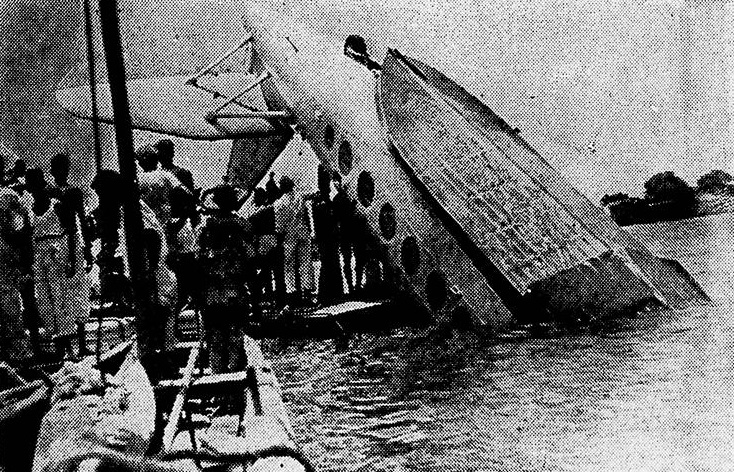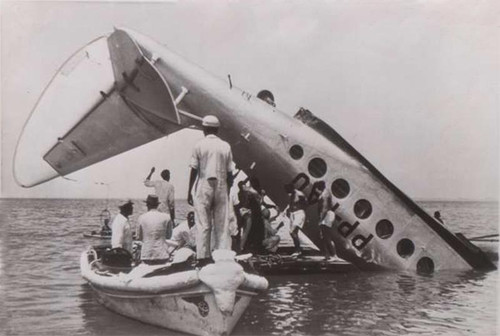Crash of a Sikorsky S-43B off São Paulo de Olivença: 11 killed
Date & Time:
Jan 3, 1947
Registration:
PP-PBN
Survivors:
Yes
Schedule:
Iquitos – Manaus
MSN:
4315
Crew on board:
3
Crew fatalities:
Pax on board:
11
Pax fatalities:
Other fatalities:
Total fatalities:
11
Circumstances:
Enroute to Manaus, the seaplane crashed in unknown circumstances into the Rio Solimões off São Paulo de Olivença. Eleven occupants were killed while three passengers were injured.









